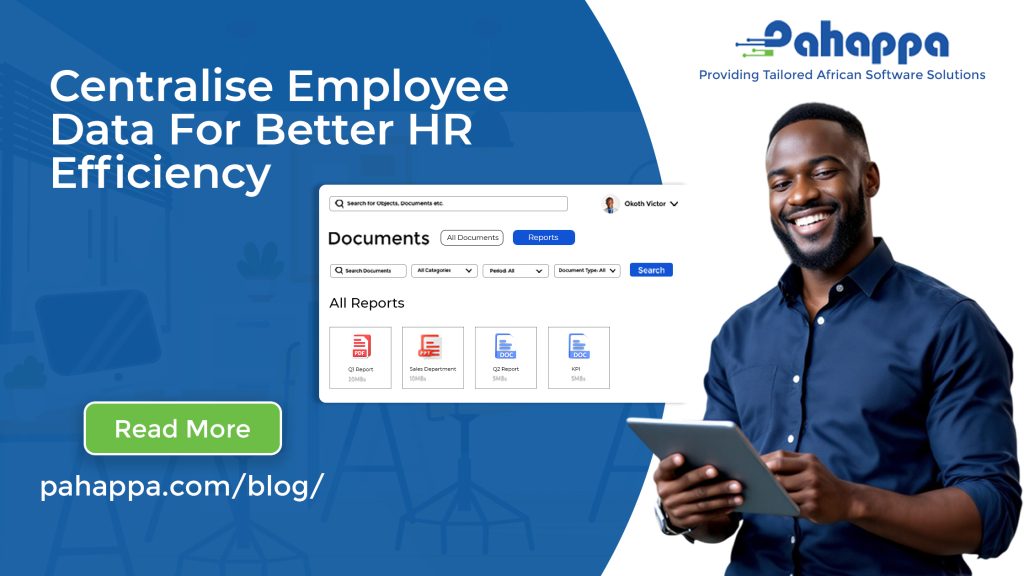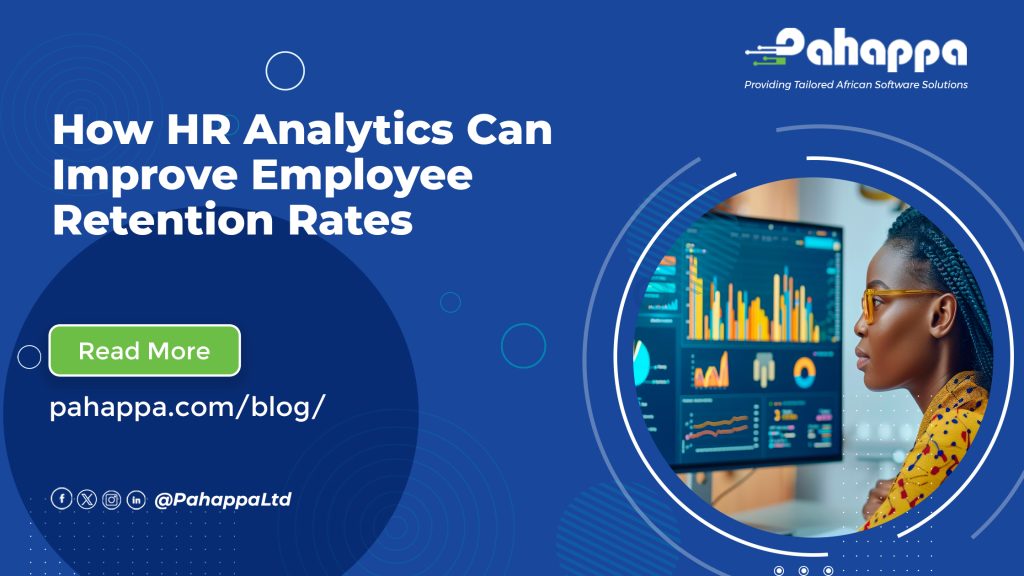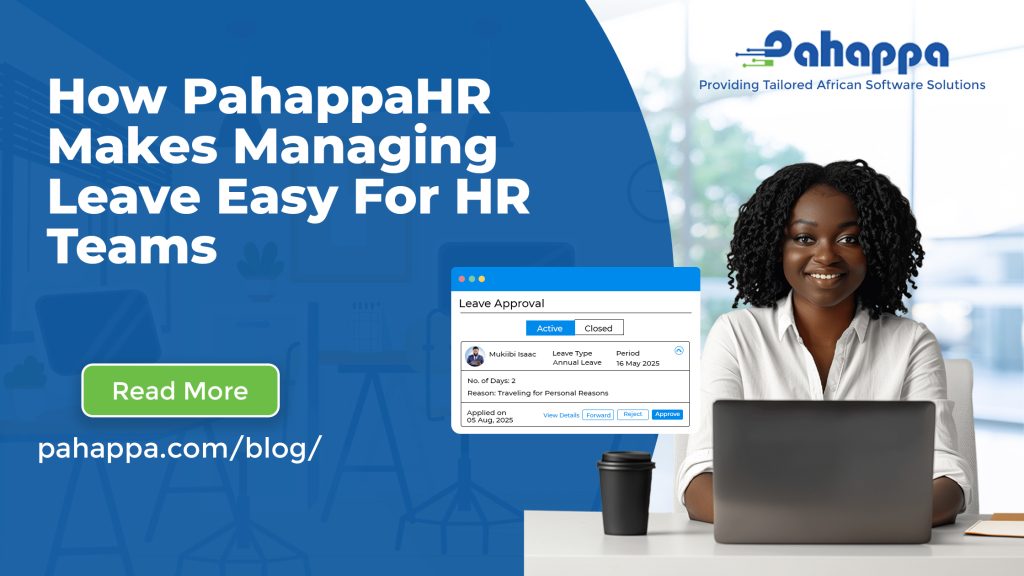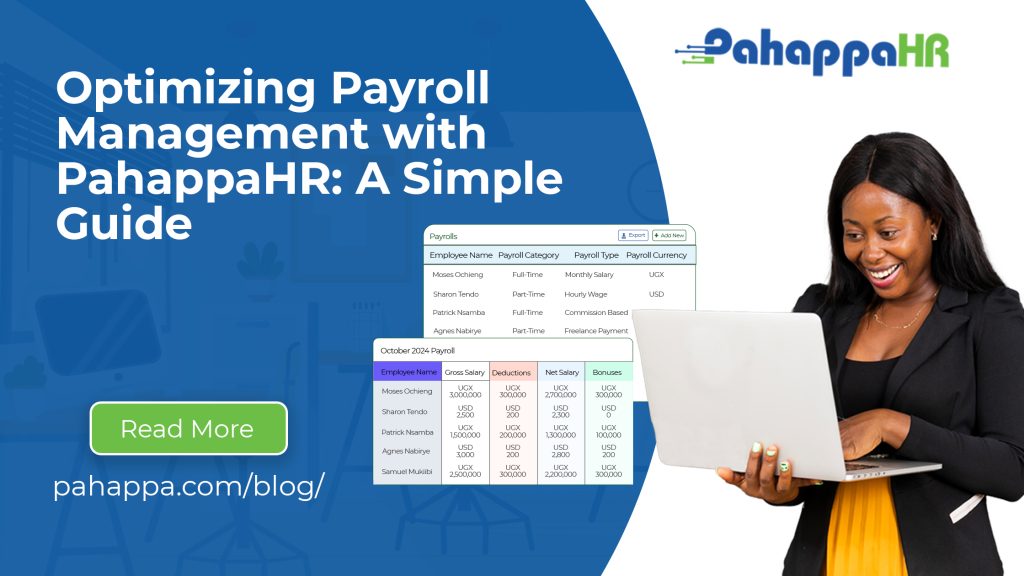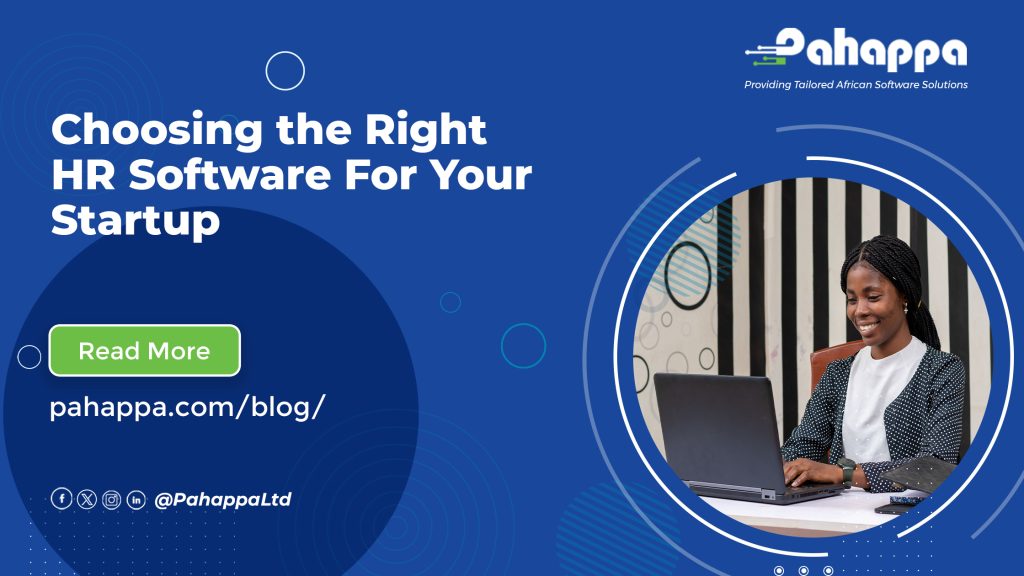Centralized employee data refers to the storage and management of all employee-related information in a single, unified system or database. Centralized employee data typically includes:
- Personal details: Contact information, emergency contacts, and benefits information.
- Employment history: Job titles, departmental assignments, and performance records.
- Payroll and benefits: Salary details, benefits enrolment, and compensation history.
When employee information is scattered across various spreadsheets, documents, and disparate systems, it increases the risk of errors and makes it difficult for HR to gain a holistic view of their workforce.
The Challenges of Decentralized Employee Data
- Data Inconsistencies
Different systems may contain conflicting or outdated information, leading to errors and confusion.
- Data Duplication
Multiple systems may store duplicate information, increasing the risk of errors and inconsistencies.
- Data Security Risks
Decentralized data storage increases the risk of data breaches and unauthorized access.
- Difficulty in Data Analysis
With data scattered across multiple systems, it can be challenging to generate comprehensive reports and analytics.
- Inefficient Data Management
Decentralized data requires more time and effort to manage, update, and maintain.
How PahappaHR Can Help You Centralise Employee Data
- A Unified Employee Database
PahappaHR consolidates all employee information that’s to say personal details, employment history, compensation, benefits, performance reviews, training records, and more into a single, secure database. No more jumping between systems or searching for lost files.
- Intuitive Employee Self-Service Portal
The self-service portal empowers employees to manage their own information, request leave, view pay slips, and access company documents. This reduces administrative overhead for HR and gives employees greater control and transparency.
- Automated Workflows and Processes
PahappaHR automates key HR processes, such as onboarding, leave approvals, and performance management. This reduces manual tasks, minimizes errors, and ensures consistency across the organization.
- Real-Time Analytics and Reporting
With all data in one place, PahappaHR provides powerful analytics and reporting tools. HR can generate custom reports, visualize key HR metrics, and gain actionable insights to support strategic decision-making.
- Seamless Integrations
PahappaHR can integrate with other essential business systems, such as payroll, accounting, and time tracking, creating a truly connected ecosystem and eliminating data silos
Why Choose Pahappa?
Performance: PahappaHR is designed to deliver high-performance HR management, enabling organizations to streamline their HR processes and improve productivity. With automated workflows and real-time data updates, PahappaHR helps HR teams work more efficiently.
Scalability: It is built to scale with growing organizations, providing a flexible and adaptable HR management solution. As organizations expand, PahappaHR can accommodate increasing numbers of employees, users, and data, ensuring seamless HR operations.
Reliability: The platform prioritizes data security and reliability, ensuring that HR information is accurate, up-to-date, and protected. With robust data backup and recovery processes, PahappaHR provides a reliable HR management solution that organizations can trust.
Conclusion
By centralizing employee data with PahappaHR, organizations can transform their HR operations, improving efficiency, accuracy, and decision-making. Discover how PahappaHR can help your business thrive. Book a demo today!

